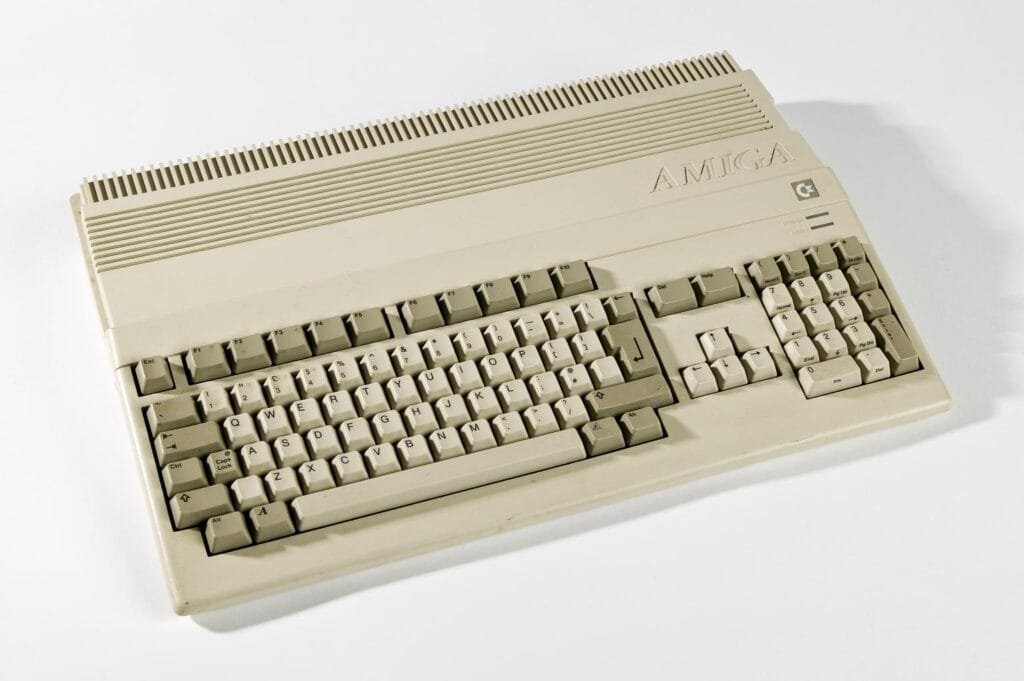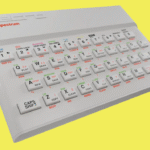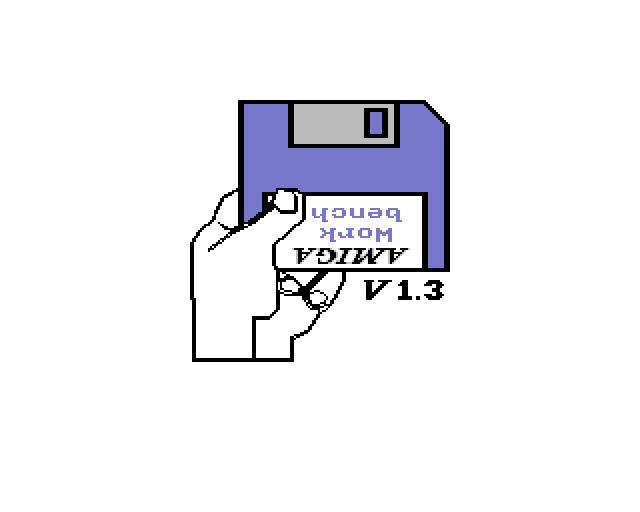Sidecartridge has revealed its latest piece of modern-retro magic: a tiny board that drops directly into an Amiga’s ROM socket and lets you switch between multiple Kickstart images stored on the device. It’s a compact upgrade powered by the new RP2350 revision of the team’s ROM emulator platform, and it’s already getting Amiga 500 and 2000 enthusiasts buzzing.
A modern drop-in upgrade for classic machines
The new board works just like the original Kickstart ROM chip. Once installed, your Amiga boots exactly as it normally would — only now, the system can load different Kickstart versions on demand. No chip pulling, no adapters, no soldering: just a tiny modern board with a big quality-of-life boost.
This is especially appealing for anyone who still works with real hardware. Switching between 1.3, 2.0, 3.1 or custom Kickstart variants normally means swapping physical chips or using bulky third-party solutions. Sidecartridge’s approach keeps everything neat, elegant, and era-appropriate.
Why Kickstart revisions matter so much
Kickstart is quite different to the BIOS of a PC. It defines a huge amount of system behaviour, game compatibility, and Workbench features. Being able to switch between Kickstart chips instantly gives real-hardware users far more flexibility:
- Kickstart 1.2 / 1.3 — The golden era for A500 gaming. If a game doesn’t boot cleanly in later Kickstarts, 1.3 is often its happiest home.
- Kickstart 2.0 / 2.04 / 2.05 — Introduced a more modern Workbench look, better utilities, and improved system libraries.
- Kickstart 3.0 / 3.1 — Essential for Amiga 1200/4000 software, WHDLoad convenience, big-drive support, and later productivity apps.
- Kickstart 3.1.4 / 3.2 — More recent Hyperion-developed updates with filesystem improvements and modernised behaviour.
- Custom or patched Kickstarts — WHDLoad tweaks, fan-made fixes, and special-purpose ROMs.
Many Amiga owners keep multiple machines just to cover different use cases. This board brings all that into a single socket for Amiga 500 and Amiga 2000 systems.
Using the new RP2350 platform
This board marks one of the first practical retro-computing applications of the RP2350, the successor to the RP2040 microcontroller that became a favourite among homebrew hardware developers. The extra horsepower and flexibility of the RP2350 makes it suitable for fast, reliable ROM emulation — ideal for an install-and-forget mod like this.
Sidecartridge has been steadily building out a whole ecosystem around this platform, and this new board shows how much headroom they now have for speciality devices.
And because the board is USB compatible, the ROMs can be managed via a PC. The device is detected as a FAT-compatible drive, for easy access. All of this means that you can:
- Switch Kickstart versions for maximum software compatibility
- Test homebrew Kickstart builds without burning new ROMs
- Keep a “clean” Kickstart for gaming and a patched one for Workbench setups
- Avoid wearing out machine sockets or legacy chips

For people who actively tinker with their Amiga (rather than rely on modern Amiga replicas) — or those who simply want the smoothest experience in 2025 — this is one of the most elegant ROM-switching solutions yet.
A promising addition to the retro hardware scene
Sidecartridge has been on a roll with thoughtfully engineered upgrades for vintage systems, and this new Kickstart board continues that trend. It’s compact, it’s clever, and it avoids the usual compromises of retro hardware hacks.
You can learn more about the SidecarTridge Kickstarter emulator for Amiga 500/2000 on the SidecarTridge website. Orders open on December 2nd, and it retails at €54,90.
Affiliate Disclosure: Some of the links in this post may be affiliate links, which means I may earn a small commission if you make a purchase through those links. This comes at no extra cost to you. Thank you for your support!
Christian Cawley is the founder and editor of GamingRetro.co.uk, a website dedicated to classic and retro gaming. With over 20 years of experience writing for technology and gaming publications, he brings considerable expertise and a lifelong passion for interactive entertainment, particularly games from the 8-bit and 16-bit eras.
Christian has written for leading outlets including TechRadar, Computer Weekly, Linux Format, and MakeUseOf, where he also served as Deputy Editor.
When he’s not exploring vintage consoles or retro PCs, Christian enjoys building with LEGO, playing cigar box guitar, and experimenting in the kitchen.









